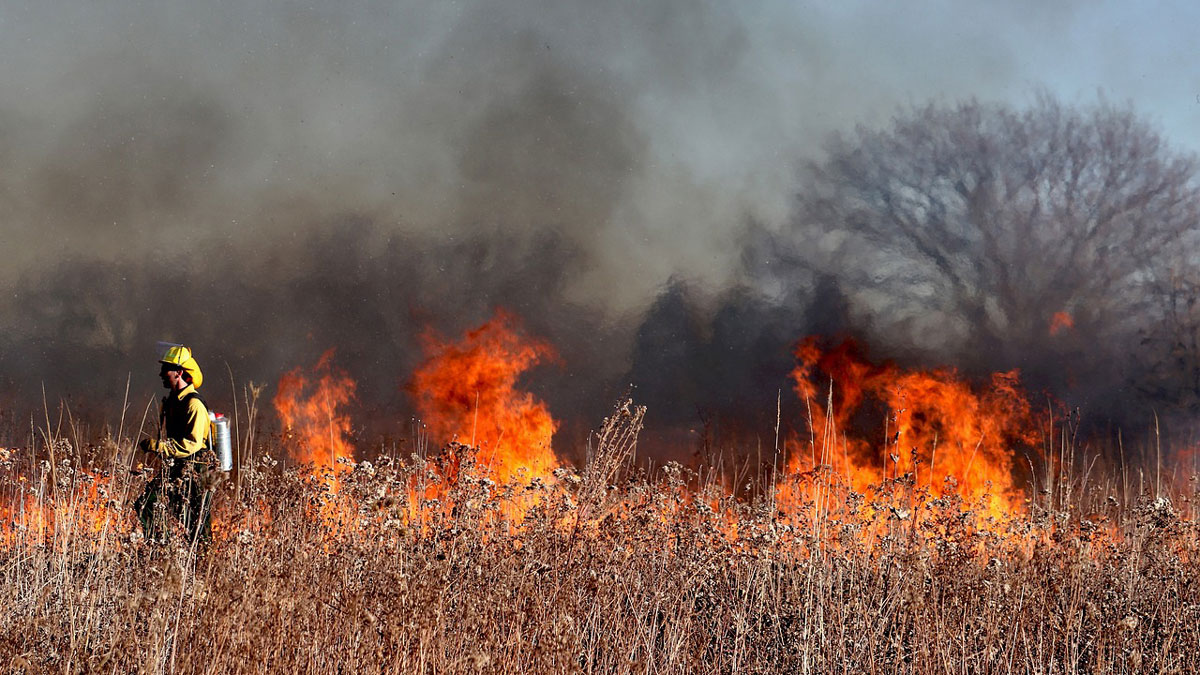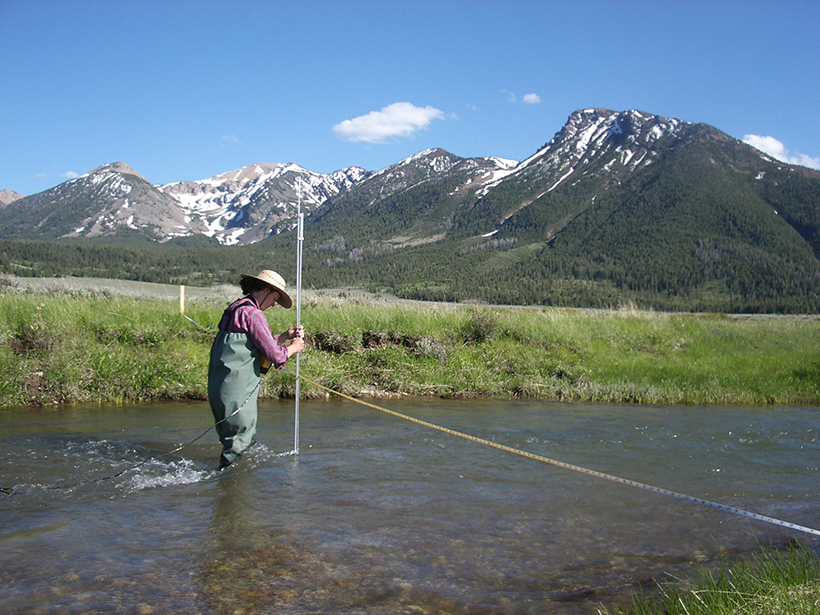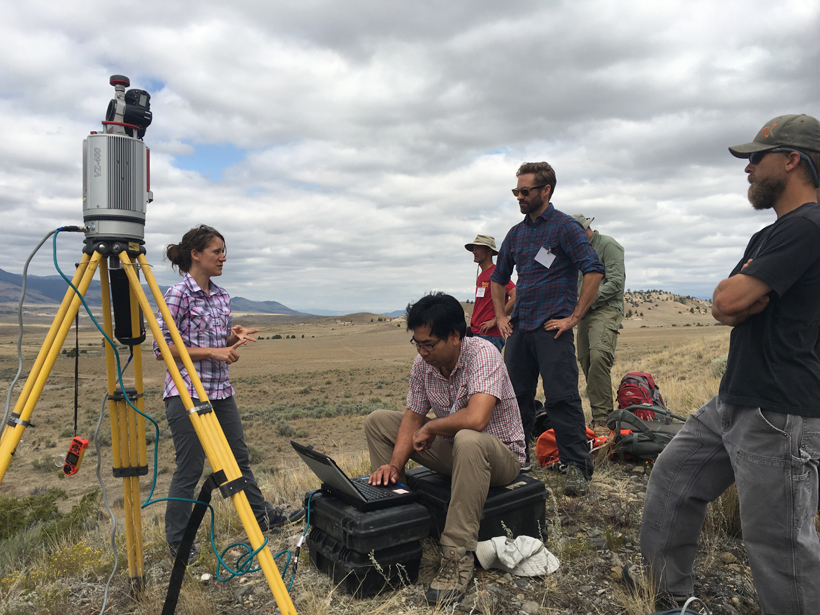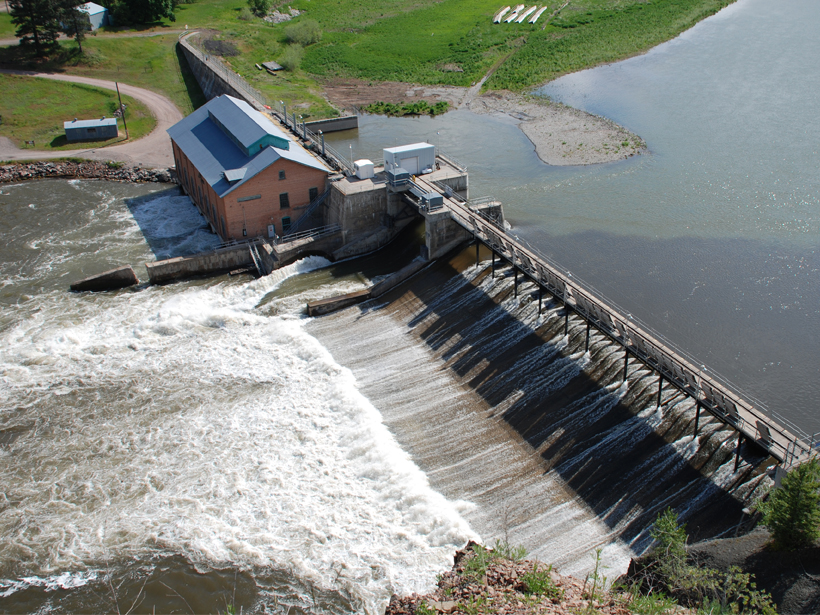Longer, drier summers may mean fewer opportunities for firefighters to safely burn would-be wildfire fuel in the western United States.
Montana
Posted inAGU News
Mapping Heat Vulnerability to Protect Community Health
Community leaders and scientists from two U.S. cities are combining public health data and heat maps to prepare residents for climate change–related health risks.
Posted inNews
Simplifying How (and When and Where) Snow Turns into Flow
A Montana researcher has developed a map for predicting how climate change may alter the water supply.
Posted inScience Updates
Integrating Topographic Imaging into Geoscience Field Courses
Using TLS and Structure from Motion (SfM) Photogrammetry in Undergraduate Field Education; Cardwell, Montana, 16–19 August 2016
Posted inFeatures
Contaminated Sediment and Dam Removals: Problem or Opportunity?
Restoring rivers to their free-flowing state promises a host of environmental benefits, but contaminated sediments may cloud the picture.





